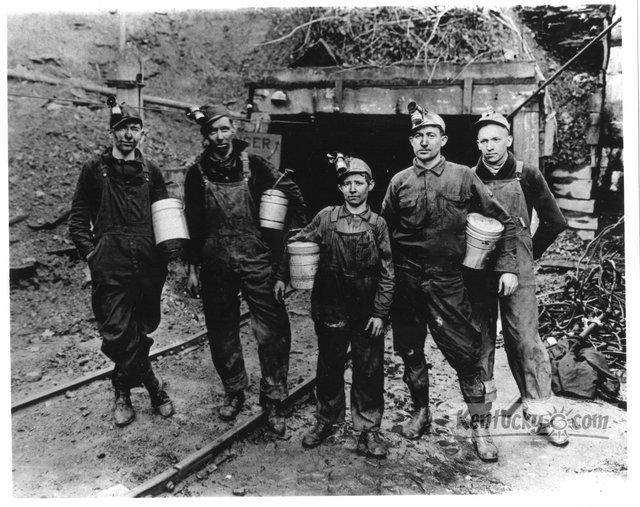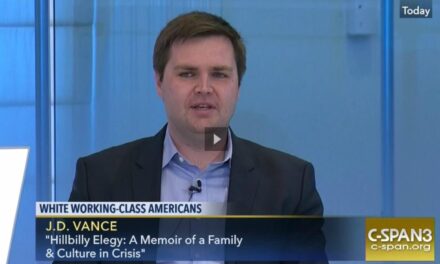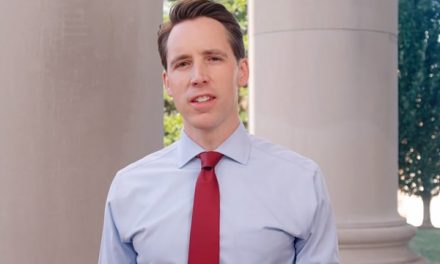Image Credits: LYNCH / BENHAM AND LYNCH COLLECTION, SOUTHEAST COMMUNITY AND TECHNICAL COLLEGE APPALACHIAN.
In most circumstances it’s a sign of health and success if the members of an organization are flourishing financially. It means they’re producing a product or service that people want and they have a solid and profitable process. People are buying their cars. The mutual fund is getting great returns. The movie studio is making hit films. The toy company is making popular games. The doctors’ office is adding many new clients. The law firm is winning big cases.
Yet, we’re all familiar with the story of the wealthy and successful person who gives it all up to live a simpler life. The popular 1980’s sitcom Newhart was an extended dream a Chicago psychologist had about moving to Vermont to be an innkeeper. There have been many movies and books with the same theme. There are now countless detective shows premised on the city cop moving to a small town in the hope of having a safer and lower pressure job. Another popular theme is the Wall Street trader who has a midlife crisis and takes a job serving the people, often as a teacher. People recognize the obvious moral of these stories, which is that life is about more than the rat race and it’s nobler to look after the needy than it is to spend your life working on ways to separate them from their money.
Real life isn’t bifurcated in this way between soulless strivers and capitalists and virtuous social workers and nuns. But there is a tension between these two very real human impulses. In a general sense, right-wing parties emphasize the first and left-wing parties the second. When it comes to the proper role of government, some think it should provide basic safety and the conditions that best allow commerce to thrive. Others believe it should assure that as few people as possible are left behind and that those on the bottom have a decent opportunity to rise to the top. Traditionally, Republicans have been the party for folks at the apex of the capitalist food chain and the Democrats have represented the small farmers and factory workers.
But that is now changing, as we can see in a pair of current articles. Writing for CNBC, John Harwood looks at the results of a new Brookings Institute study:
The House Democratic majority, which represented 39% of the U.S. land area in 2008, now represents just 20%. The House Republican minority 80% of U.S. territory.
That widening red-blue economic divide in turn drives the parties’ starkly different policy agendas. It helps explain why Democrats lavish more attention on education, technology and protecting immigrants, for example, while President Donald Trump and other Republicans place mining, manufacturing and border control on center stage.
That coincides with a sharp increase in incomes and economic output for the constituencies Democrats represent in Congress. Today, the $61,000 median income of blue districts substantially exceeds the $53,000 median income of red ones, reversing the order from 2008.
The average gross domestic product for Democratic districts, near parity with Republican ones in 2008, has grown 50% higher. Output per worker has followed the same pattern…
…The share of professional and digital services jobs in Democratic districts more than doubles the share in Republican districts; a significantly higher proportion in blue areas now holds college degrees. By contrast, Republican districts now boast the lion’s share of work in basic manufacturing, agriculture and mining. They also have a slightly higher proportion of residents age 65 or older – 16.6%, compared to 14.7% in Democratic districts.
The Wall Street Journal tells the same story in infographic form. The Republican Party is morphing into a farmer/worker party, and that’s changing to nature of the Democratic Party too.
One problem here is clear from the fact that I didn’t say that the GOP is becoming a farmer/labor party. They are still hostile to unions and don’t support class-based solidarity at all. Instead, they support race-based solidarity and a cultural unity based on white-dominant traditional small-town values. They seek to hold modest income people together by appealing to their worst instincts rather than their common aspirations. And they have an easier time doing this precisely because they’ve been so successful in undermine organized labor in this country and offshoring manufacturing jobs.
But it’s also easier for them because the Democrats are getting easy pickings from professional and college-educated voters who live mostly in cities and near suburbs. The Democratic Party is changing not only because they are representing more affluent constituents but because they no longer feel the need to represent small farmers or a dwindling manufacturing base.
In 2016, Trump pulled off a miracle election victory by winning this swap. He lost millions of traditional Republican votes in the suburbs but won even more traditional Democratic votes in small towns and rural areas. The trade didn’t benefit him on the whole. He lost the popular vote by a good margin. But it helped him win in enough Rust Belt states to take the Electoral College.
But I am less concerned about election results than the culture of the country. When I talk about fascism, I don’t typically have in mind death camps like Auschwitz. That’s the extreme. Fascism arises when the right wins the support of working people based on a resentment-based solidarity. Typically, scapegoats are found to explain why a war was lost or the economy is in the shitter. Normally this involves racial or religious minorities, as well as intellectuals and cultural elites.
Militarism is often a feature, but opposition to immigration and hostility to education are mainstays of fascism. The encouragement of vigilantism and street violence are recurring themes. The sense that the culture is under threat and that people should use any means to fight back is stoked, and in extreme cases results in the formation of politicized paramilitaries or militias.
These factors are glaringly present in our current environment, and I do not believe they will improve if there is no left-wing alternative seeking to unite famers and workers around economic principles that transcend racial or religious differences.
A successful left-wing party in present-day rural America may look quite different from the Democratic Party, but it doesn’t have to pander to people’s prejudices. It should actually exist primarily as an alternative to the familiar fascist impulses we see when workers are under stress. What it would absolutely have to do, though, is put their constituents’ concerns first on their list of priorities.
This isn’t going to happen in the American system because the rules governing our elections force us into a two-party system. The Democrats are going to put the priorities of urban and suburban people first because that is where they get most of their votes. What results is a party that is left-wing in most respects, but only for some people and only in some communities. It’s a trade-off that actually abets the shift to fascism in large parts of America, and that’s very dangerous. Even on the matter of civil rights it is dangerous, because it’s well and good to show a consistent commitment to protecting the vulnerable but if you’re actually part of a process that is putting people at more risk, your votes and rhetoric are not the only consideration. In the end, you have more hate crimes and more race or religious-based violence. Being more reliable about protecting against a threat isn’t necessarily an improvement if the threat keeps increasing.
Aside from these considerations, there’s also a cost of the poor regardless of where they live. Elizebeth Warren just celebrated winning the Working Families Party endorsement over Bernie Sanders. That’s a nice accomplishment, but the Democratic Party is supposed to be the party for working families. Increasingly, it’s not. And it’s not because they are changing into the party for professionals.
These changes often seem inexorable to me–driven by changes that are outside of the control of party strategists. There’s a ying and a yang to it, so that changes originating mostly in the right are molding the left into something equally unrecognizable. What concerns me is that people don’t focus enough on what this means for our people and their representation.
I don’t believe we explain much by using terms like “polarization” and “division.” Forces are driving us apart and they have a compounding effect. When we’re repelled by the worst behavior from white rural America, we respond in ways that accelerates our mutual alienation. And that makes them even more isolated and reliant on right-wing solutions and points of view.
I don’t think any community of any makeup or size can be healthy without a left-wing party fighting hard to represent them. And I think there’s an unacceptable risk to sitting back and doing nothing while a fascist movement takes hold of one of our two major political parties.







